Why the Apple II Didn’t Support Lowercase Letters
September 8th, 2020 by Steve Wozniak[Editor’s Note: I recently asked Steve Wozniak via email about why the original Apple II did not support lowercase letters. I could have guessed the answer, but it’s always good to hear the reason straight from the source. Woz’s response was so long and detailed that I asked him if I could publish the whole thing on VC&G. He said yes, so here we are. –Benj]

In the early 1970s, I was very poor, living paycheck to paycheck. While I worked at HP, any spare change went into my digital projects that I did on my own in my apartment. I was an excellent typist. I was proficient at typing by touch using keypunches with unusual and awkward special characters — even though some used two fingers of one hand.
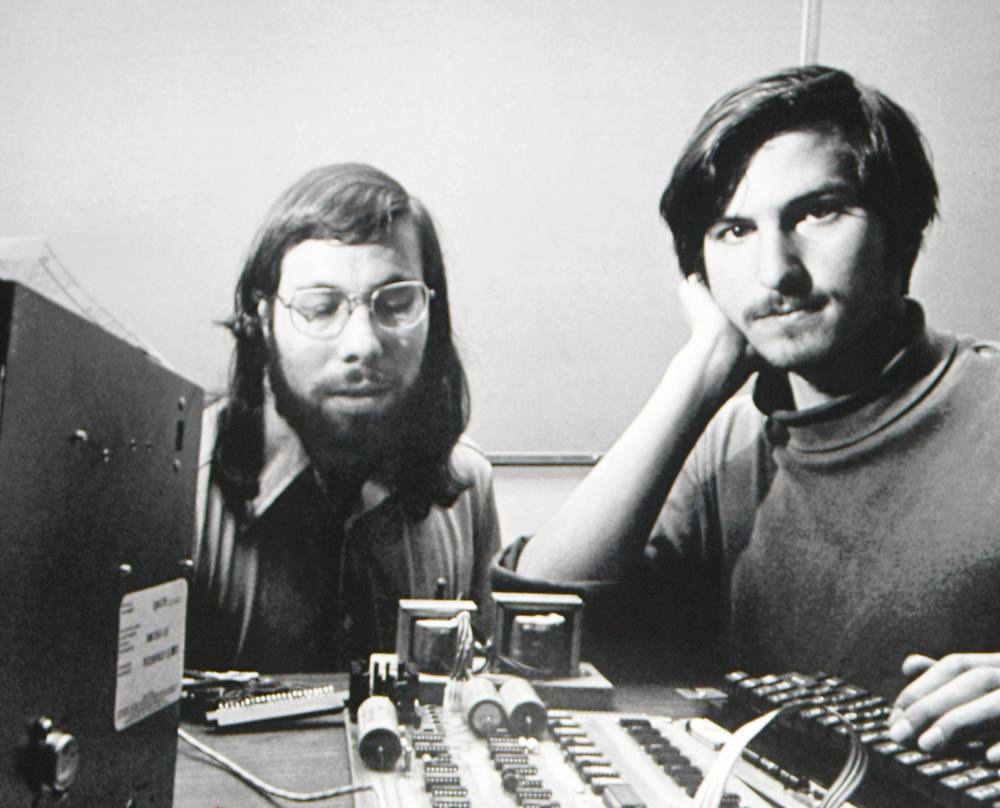 I saw a friend typing on a teletype to the six computers on the early ARPAnet. I had to have this power over distant computers too. After building many arcade games on computers, how to build it was obvious to me instantly. I’d create a video generator (as with the arcade games) and display text using a character generator chip. But I needed a keyboard.
I saw a friend typing on a teletype to the six computers on the early ARPAnet. I had to have this power over distant computers too. After building many arcade games on computers, how to build it was obvious to me instantly. I’d create a video generator (as with the arcade games) and display text using a character generator chip. But I needed a keyboard.
I’d show up at HP every morning around 6 AM to peruse engineering magazines and journals to see what new chips and products were coming. I found an offer for a $60 keyboard modeled after the upper-case-only ASR-33 teletype.
That $60 for the keyboard is probably like $500 today [About $333 adjusted for inflation — Benj]. This $60 was the single biggest price obstacle in the entire development of the early Apple computers. I had to gulp just to come up with $60, and I think my apartment rental check bounced that month — they put me on cash payment from then on. Other keyboards you could buy back then cost around $200, which might be $1000 or more now. There just wasn’t any mass manufacturing of digital keyboards in 1974.
So my TV Terminal, for accessing the ARPAnet, was uppercase only.

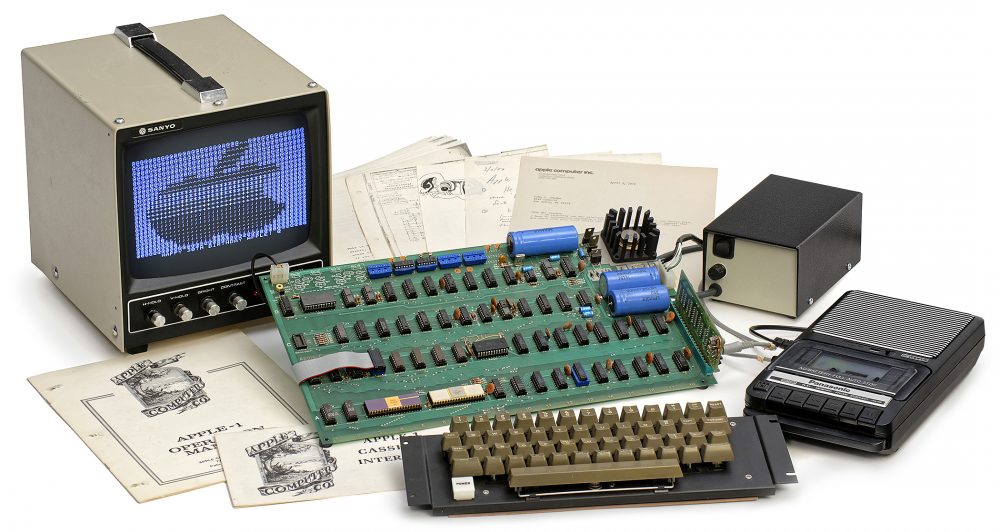 The idea for my own computer came into my head the first day of the Homebrew Computer Club.
The idea for my own computer came into my head the first day of the Homebrew Computer Club.
Maybe a year prior, I had looked at the 4-bit Intel 4004 microprocessor and determined that it could never be used to build the computer I wanted for myself — based on all the minicomputers that I’d designed on paper and desired since 1968-1970. But at the Homebrew Computer Club, they were talking about the 8008 and 8080 microprocessors, which I had not kept up with after my 4004 disappointment. I took home a data sheet for the 8008, based on a version of it from a Canadian company. That night, I discovered that this entire processor was capable of being a computer.
I already had my input and output, my TV Terminal. With that terminal, I’d type to a computer in Boston, for example, and that far-away computer, on the ARPAnet, would type back to my TV. I now saw that all I had to do was connect the microprocessor, with 4K of RAM (I’d built my tiny computer with the capability of the Altair, 5 years prior, in 1970, with my own TTL chips as the processor). 4K was the amount of RAM allowing you to type in a program on a human keyboard and run it.
My computer wasn’t designed from the ground up. I just added the 6502 microprocessor and 4K DRAMS (introduced that summer of 1975 and far less costly than Intel static RAMs) to have a complete computer with input and output.
So the uppercase keyboard was not designed as part of a computer. It already existed as my TV Terminal.
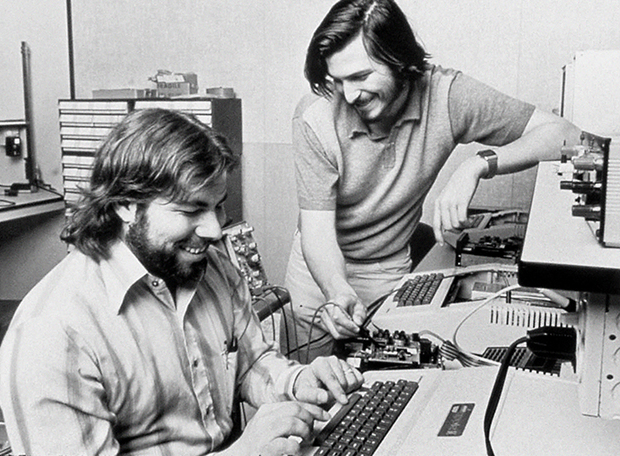 I truly would have wanted lower case on a keyboard, but I was still totally cash strapped, with no spare money. After already starting a BASIC interpreter for my computer, I would have had to re-assemble all my code. But here again, I did not have the money to have an account on a timeshare service for a 6502 interpreter. The BASIC was handwritten and hand-assembled. I’d write the source code and then write the binary that an interpreter would have turned my code into. To implement a major change like lower case (keeping 6 bits per character in my syntax table instead of 5 bits) would have been a horrendous and risky job to do by hand. If I’d had a time-share assembler, it would have been quick and easy. Hence, the Apple I wound up with uppercase only.
I truly would have wanted lower case on a keyboard, but I was still totally cash strapped, with no spare money. After already starting a BASIC interpreter for my computer, I would have had to re-assemble all my code. But here again, I did not have the money to have an account on a timeshare service for a 6502 interpreter. The BASIC was handwritten and hand-assembled. I’d write the source code and then write the binary that an interpreter would have turned my code into. To implement a major change like lower case (keeping 6 bits per character in my syntax table instead of 5 bits) would have been a horrendous and risky job to do by hand. If I’d had a time-share assembler, it would have been quick and easy. Hence, the Apple I wound up with uppercase only.
I discussed the alternatives with Steve Jobs. I was for lower case, but not for money (cost). Steve had little computer experience, and he said that uppercase was just fine. We both had our own reasons for not changing it before the computers were out. Even with the later Apple II (as with the Apple I), the code was again hand-written and hand-interpreted because I had no money. All 8 kB of code in the Apple II was only written by my own hand, including the binary object code. That made it impossible to add lower case into it easily.
So, in the end, the basic reason for no lowercase on the Apple I and Apple II was my own lack of money. Zero checking. Zero savings.
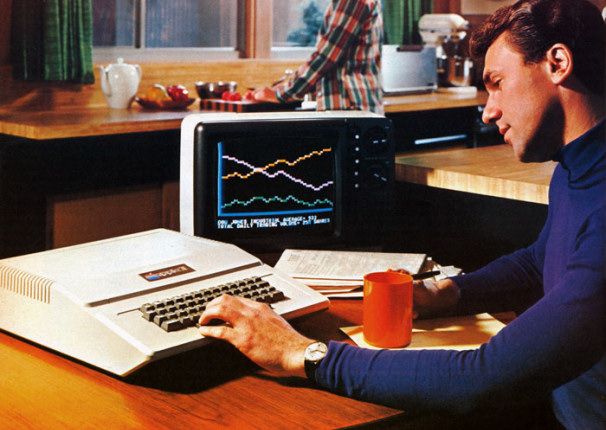


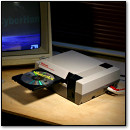
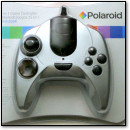
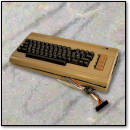
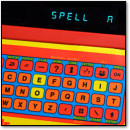
September 8th, 2020 at 4:45 pm
Benj,
Is it possible to contact Wozniak ? I would like to reach him so that he could help a group of enthusiasts:
http://www.the8bitguy.com/2576/what-is-my-dream-computer/
http://www.the8bitguy.com/3543/my-dream-computer-part-2/
I also would like to ask him if Apple II hardware and software are copyrighted. I don’t understand why there is no clones available for sale for nostalgic reasons only.
September 9th, 2020 at 12:05 pm
@2600, you would need to get that information from Apple’s Legal Counsel — even if Woz did know you can’t rely on his permission as he doesn’t represent the owner of the IP (Apple).
September 9th, 2020 at 12:27 pm
You can always go to woz.org and ask him yourself, but I I’ll save 2600 the trouble: Steve will say that 8-bit Guy seems to be doing fine on his own, and he has nothing to do with the copyrights and therefore has no idea.
You Are Welcome.
September 10th, 2020 at 11:16 am
@2600, look up the Laser 128 – the tl;dr is that Apple forced all clone makers off the market, leveraging copyright law for some of them to drive them out and others by sheer market pressure (making new changes which could not be copied/recreated by clones). https://en.wikipedia.org/wiki/Laser_128
September 10th, 2020 at 11:36 am
What a fascinating account! Back in the day none of us thought twice about the II not having lowercase letters. We were all just thrilled the II did all the things it did, and we had great fun exploring its capabilities.
September 12th, 2020 at 11:59 pm
Wow, nice guest on this web site!
September 15th, 2020 at 9:26 am
Awesome, love the Woz! A big thanks to him for creating the computer that got me into programming nearly 40 years ago. Never realized how much he was just scraping by…all while hand-assembling code to binary!
September 21st, 2020 at 6:32 pm
The Apple ][ and Apple ][+keyboard had a clearly marked “cut trace” along with a place to solder on a toggle switch (a C&K U21 DPDT toggle switch). Cut the trace on the circuit board (separate from the motherboard) and solder on the toggle switch to enable typing (not display) of lowercase letters. In other words, it allowed the shift key to affect the letters.
You had to pop open the cover to access the switch.
Combined with a $40 ROM to display lower case letters, you had working upper and lower case characters on the Apple ][.
A bare Apple ][+ sold for around $1100 retail in those days (1981) with no floppy drive or monitor.
Truly ancient history.
September 21st, 2020 at 8:10 pm
Great story. I recall the upper case only keyboard when we reverse engineered the Apple II. Yet, back in those early days, it was all about coding, not word processing.
September 23rd, 2020 at 11:31 am
Kinda makes you wonder what other geniuses were/are hamstrung by a lack of funds.
September 23rd, 2020 at 12:04 pm
Necessity is the mother of invention, Zoyous. If Woz had the money to buy a commercial terminal (which cost more than a car) in the early 1970s, he probably wouldn’t have built his own. And without that, I don’t think we would have had the Apple I and II.
October 5th, 2020 at 2:52 pm
Great story, Benj. My college days saw me strapped for cash as well, and I often had to choose between paying rent and buying what I really wanted. But they were fun days.
July 6th, 2021 at 12:02 pm
Great post Benj. I’m so happy to see you preserve the early history of our industry. Kids today have no idea of the struggles we endured, so they could have iPhones and slick laptops today. I used to sell Apple IIes in a ComputerLand store and then worked Tech Support for Star Micronics. Good times, way back in the 80s.